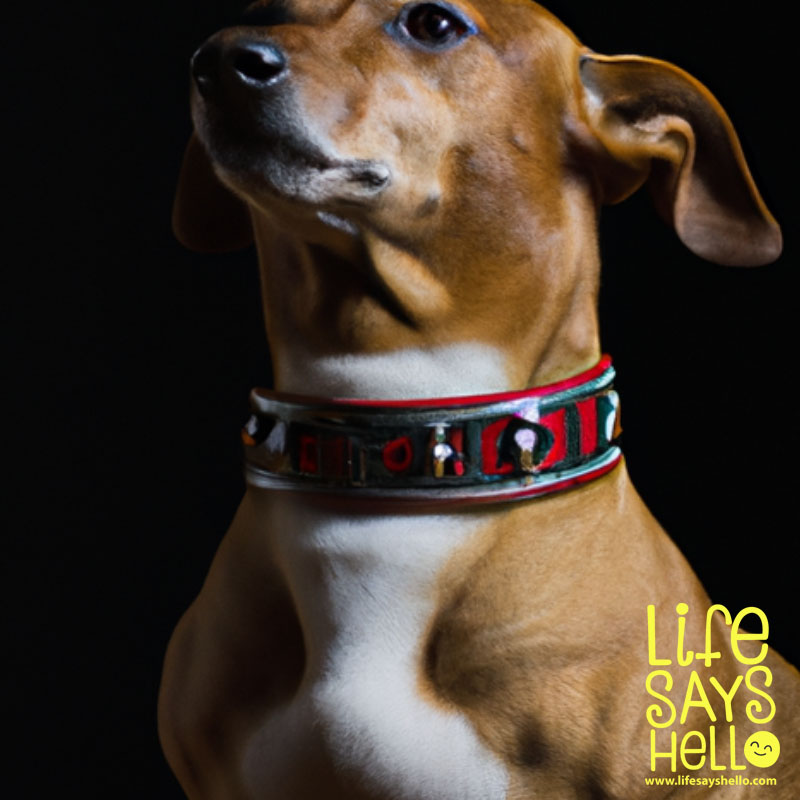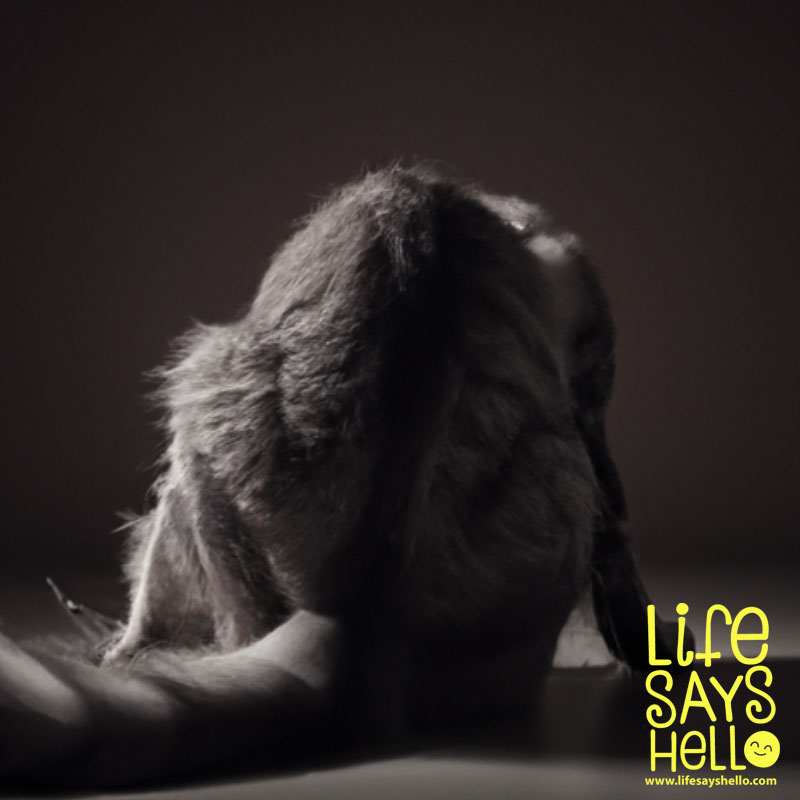Can You Board a Dog in Heat? A Comprehensive Guide to Boarding and Caring for Your Dog During This Sensitive Time

Navigating the world of dog boarding can be tricky, especially when your furry friend is in heat. In this comprehensive guide, we'll explore the ins and outs of boarding a dog in heat, how to care for them during this sensitive time, and alternative options to ensure their comfort and safety.
When your dog is in heat, it can be a challenging time for both you and your pet. This period is marked by hormonal changes, increased stress, and the potential for unwanted pregnancies. As a responsible pet owner, you may be wondering if you can board your dog in heat and what you need to know to ensure their well-being. In this article, we'll delve into the heat cycle, boarding facility policies, caring for a dog in heat, alternative options, and the benefits of spaying.
Understanding the Heat Cycle
To better understand the challenges of boarding a dog in heat, it's important to know the different stages of the heat cycle, its duration and frequency, and the signs and symptoms your dog may exhibit during this time.
Stages of the Heat Cycle
The heat cycle in dogs consists of four stages:
Proestrus: This stage lasts for 7-10 days and is marked by swelling of the vulva, bloody discharge, and increased interest from male dogs. Your female dog may be more restless and anxious during this time.
Estrus: Lasting for 5-9 days, this is the stage when your dog is most fertile. The discharge may change to a lighter color, and your dog may be more receptive to mating.
Diestrus: This stage lasts for 6-10 weeks and is characterized by a decrease in hormonal levels and the cessation of discharge. If your dog has become pregnant, this stage will continue until she gives birth.
Anestrus: This is the resting period between heat cycles, lasting for 4-5 months. During this time, your dog's reproductive system is inactive.
Duration and Frequency
The heat cycle in dogs occurs approximately every 6 months, though this can vary depending on factors such as breed, age, and individual differences. The entire cycle lasts for about 3 weeks, with the most critical period being the estrus stage when your dog is most fertile.
Signs and Symptoms
Some common signs that your dog is in heat include:
- Swelling of the vulva
- Bloody discharge
- Increased urination
- Restlessness and anxiety
- Increased interest from male dogs
- "Flagging" or lifting the tail to one side
Boarding Facilities and Policies
When considering boarding your dog in heat, it's essential to research and contact facilities beforehand to understand their specific policies. Some boarding facilities may not accept dogs in heat due to the increased risk of unwanted pregnancies and the potential for stress and disruption to other dogs in the facility.
Varying Policies
Each boarding facility will have its own set of policies regarding dogs in heat. Some may require that your dog be spayed before boarding, while others may accept dogs in heat but with certain restrictions or additional fees. It's crucial to communicate with the facility to ensure that they can accommodate your dog's needs.
Additional Fees and Requirements
Boarding facilities that accept dogs in heat may charge additional fees to cover the extra care and attention required during this time. These fees may be used to provide a private space for your dog, increased supervision, and additional cleaning. You may also be required to provide proof of up-to-date vaccinations and a veterinarian's clearance before boarding your dog in heat.
Caring for a Dog in Heat While Boarding
Ensuring the comfort and well-being of your dog in heat while boarding is of utmost importance. This includes addressing the potential stress for both your dog and other dogs in the facility, providing a clean and comfortable environment, and minimizing the risk of unwanted pregnancies.
Managing Stress
Dogs in heat may experience increased stress and anxiety due to hormonal changes and the presence of unfamiliar dogs. Providing a quiet, private space for your dog in heat can help alleviate some of this stress. You can also consider bringing familiar items such as their bed, toys, and a blanket with your scent on it to help them feel more at ease.
Cleanliness and Comfort
Keeping your dog clean and comfortable during their stay at a boarding facility is essential. This may involve providing dog diapers or pads to manage discharge, regularly cleaning their private space, and ensuring they have access to fresh water and a comfortable place to rest.
Minimizing Risk
To minimize the risk of unwanted pregnancies, it's crucial to ensure that your dog in heat is closely supervised and separated from male dogs at all times. Communicate with the boarding facility staff about your dog's specific needs and any precautions that should be taken during their stay.
Alternatives to Boarding a Dog in Heat
If you're unable to find a suitable boarding facility for your dog in heat, or if you'd prefer a different option, there are several alternatives available. These include in-home pet sitters, relying on family or friends, and doggy daycare centers.
In-Home Pet Sitters
Hiring a professional pet sitter to care for your dog in the comfort of your own home can be a great option for dogs in heat. This allows your dog to remain in a familiar environment and receive personalized care and attention. Be sure to discuss your dog's heat cycle and any specific needs with the pet sitter beforehand.
Family or Friends
Enlisting the help of a trusted family member or friend to care for your dog in heat can be another alternative. This option can provide your dog with a familiar caregiver and a comfortable environment. Ensure that the person caring for your dog is knowledgeable about the heat cycle and is prepared to manage any potential issues that may arise.
Doggy Daycare Centers
Some doggy daycare centers may accept dogs in heat, though this will vary depending on their specific policies. These facilities can provide your dog with socialization and stimulation during the day, while still ensuring their safety and comfort. Be sure to research and communicate with the daycare center about your dog's needs before enrolling them.
Preventing Heat Cycles: Spaying and its Benefits
One way to avoid the challenges of boarding a dog in heat is to have your dog spayed. Spaying is a surgical procedure that removes the ovaries and uterus, preventing heat cycles and unwanted pregnancies.
Benefits of Spaying
Some benefits of spaying your dog include:
- Prevention of unwanted pregnancies and overpopulation
- Reduced risk of certain health issues, such as mammary cancer and uterine infections
- Elimination of heat cycles and associated behaviors
Ideal Age for Spaying
The ideal age for spaying a dog can vary depending on factors such as breed, size, and individual health. Generally, it's recommended to spay your dog before their first heat cycle, which can occur as early as 6 months of age. Consult with your veterinarian to determine the best time to spay your dog.
Risks and Complications
As with any surgical procedure, spaying carries some risks and potential complications. These can include reactions to anesthesia, infection, and bleeding. However, the overall benefits of spaying typically outweigh the risks, and complications are relatively rare.
Conclusion
Boarding a dog in heat can be a challenging endeavor, but with proper research, communication, and care, it can be done successfully. By understanding the heat cycle, boarding facility policies, and how to care for your dog during this sensitive time, you can ensure their comfort and well-being. Additionally, exploring alternative options and considering spaying can help alleviate the challenges associated with boarding a dog in heat. Ultimately, the best choice for your dog will depend on your individual circumstances and the specific needs of your furry friend.




Comments